Discover how a simple pasta swap can transform your approach to healthy eating. This guide will help you navigate delicious and nutritious alternatives, ensuring every meal is a step towards a healthier you. Get ready to embrace a new world of culinary possibilities with the perfect pasta swap!
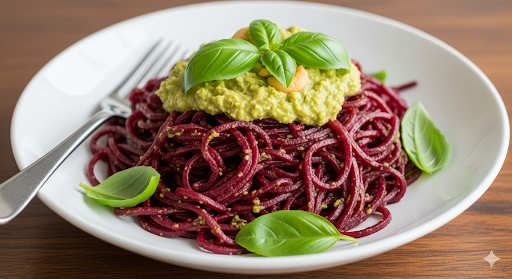
Unveiling a Healthier Noodle Journey
For decades, pasta has been a beloved staple in kitchens worldwide, forming the base of countless comforting and convenient meals. From rich Bolognese to creamy Alfredo, its versatility is undeniable.
However, in our increasingly health-conscious world, many are beginning to question the nutritional impact of traditional white pasta. Often made from refined wheat flour, it’s high in carbohydrates that can lead to rapid blood sugar spikes and provide fewer essential nutrients like fiber and protein.
This growing awareness has sparked a culinary revolution, with people actively seeking healthier, more nutrient-dense alternatives that don’t compromise on flavor or satisfaction.
The good news? The market and our own kitchens are brimming with incredible options that can help you maintain your cherished pasta dishes while significantly boosting their nutritional profile. It’s about making smart choices that align with your wellness goals without sacrificing the joy of eating.
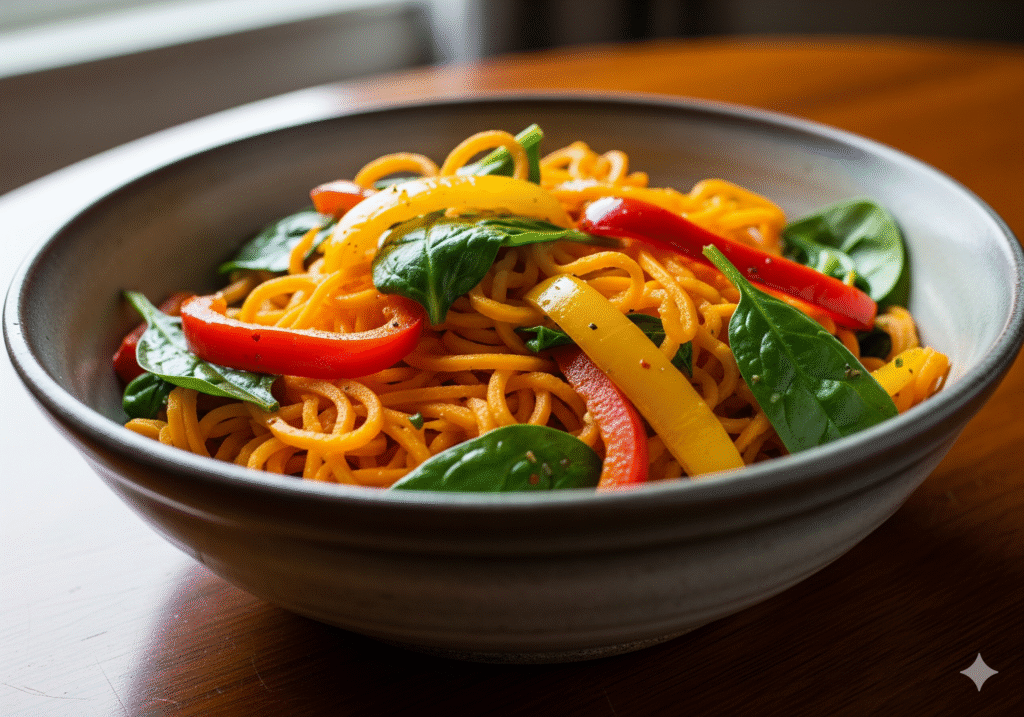
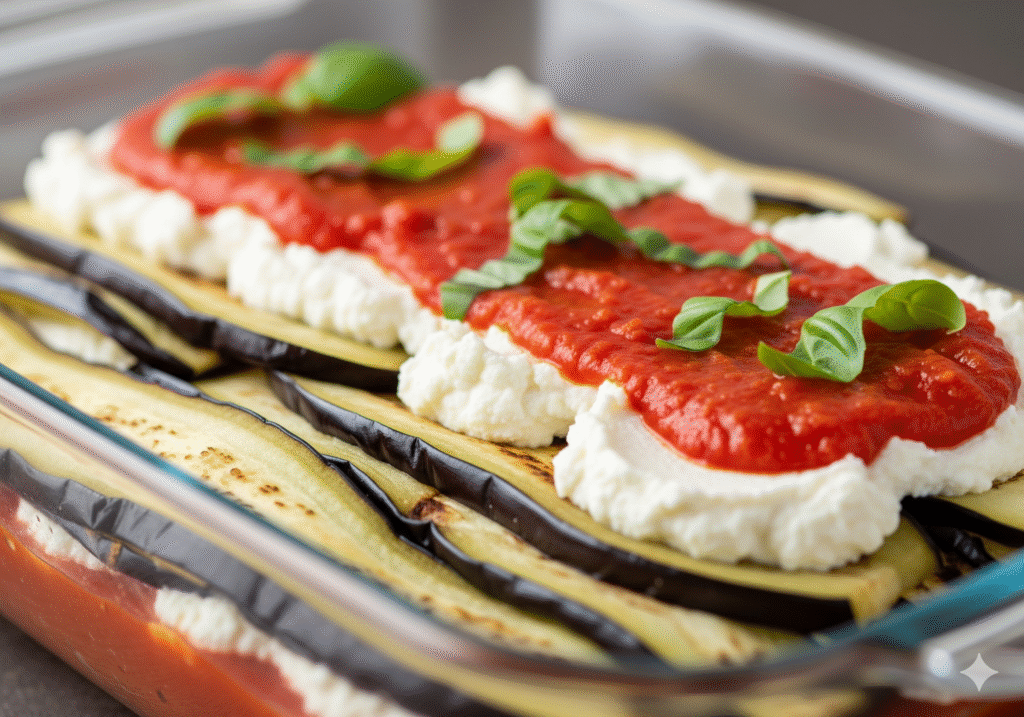
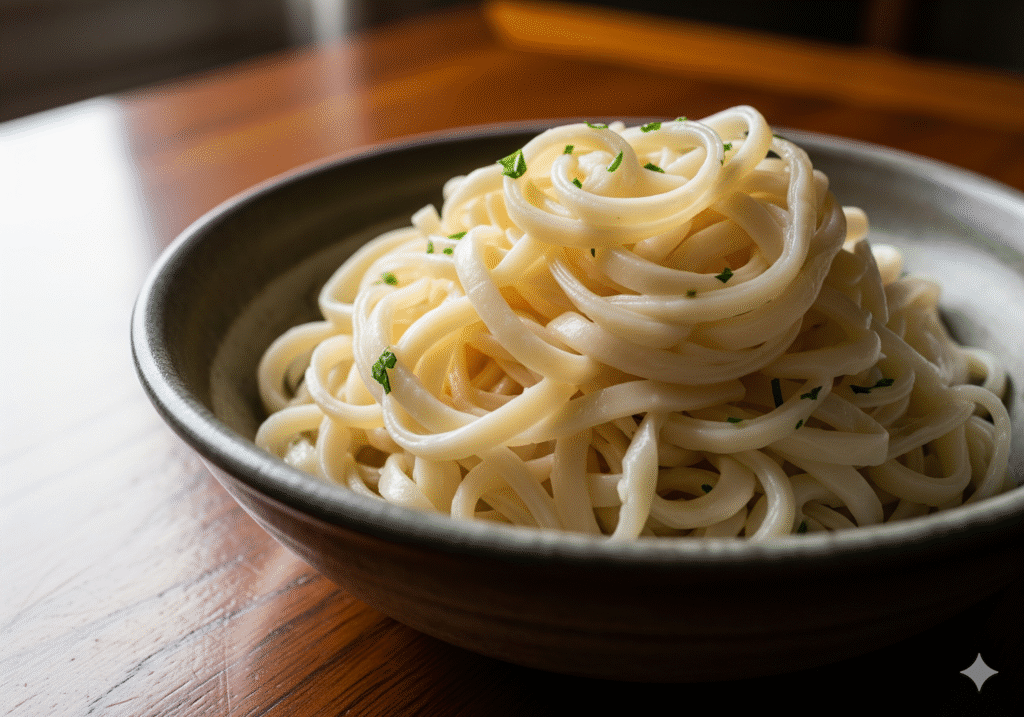
Your Plate’s Healthy Pasta Swap
Embracing a pasta swap isn’t about deprivation; it’s about enhancement. It’s an opportunity to introduce more vegetables, legumes, and whole grains into your diet, enriching your meals with vital vitamins, minerals, fiber, and protein. These alternatives can support various dietary needs, whether you’re looking for gluten-free options, aiming to reduce carbohydrate intake, or simply seeking to add more plant-based goodness to your plate.
Imagine enjoying your favorite pesto or marinara sauce over vibrant, fresh vegetable noodles, or savoring a hearty, protein-packed dish with lentil or chickpea pasta. These swaps open up a world of new textures and subtle flavors that can elevate your cooking and dining experience. It’s a chance to experiment, get creative, and discover new favorites that make healthy eating genuinely exciting.
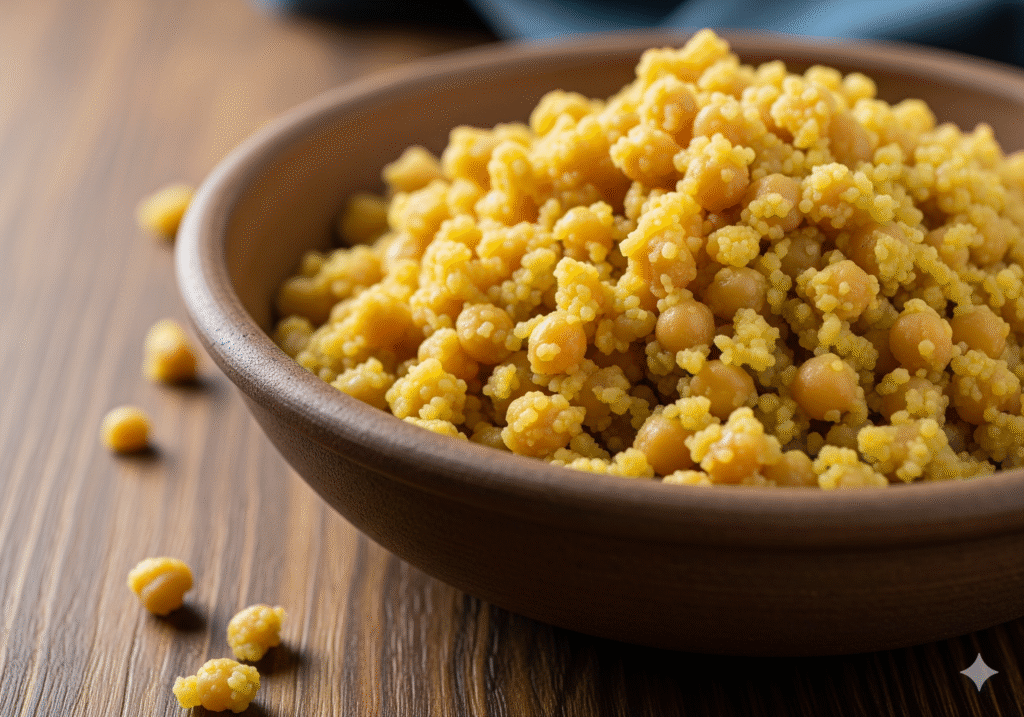
This comprehensive guide is designed to be your go-to resource for navigating the exciting landscape of pasta alternatives. We’ll delve into 21 fantastic options, breaking down their benefits, and even providing a simple, delicious recipe to get you started on your journey to healthier, happier meals. Get ready to transform your plate and your health with the ultimate pasta swap!
Why Ditch Traditional Pasta? The Health Revolution
Traditional white pasta, while a comfort food for many, often comes with a nutritional trade-off that many health-conscious individuals are now eager to avoid. The primary concern lies in its composition: refined carbohydrates. When wheat flour is processed to create white pasta, the bran and germ are removed, stripping away much of the fiber, vitamins, and minerals.
What remains is primarily starch, which the body quickly breaks down into glucose. This rapid conversion can lead to a sharp spike in blood sugar levels, followed by a subsequent crash, leaving you feeling hungry again sooner and potentially contributing to energy dips and mood fluctuations.
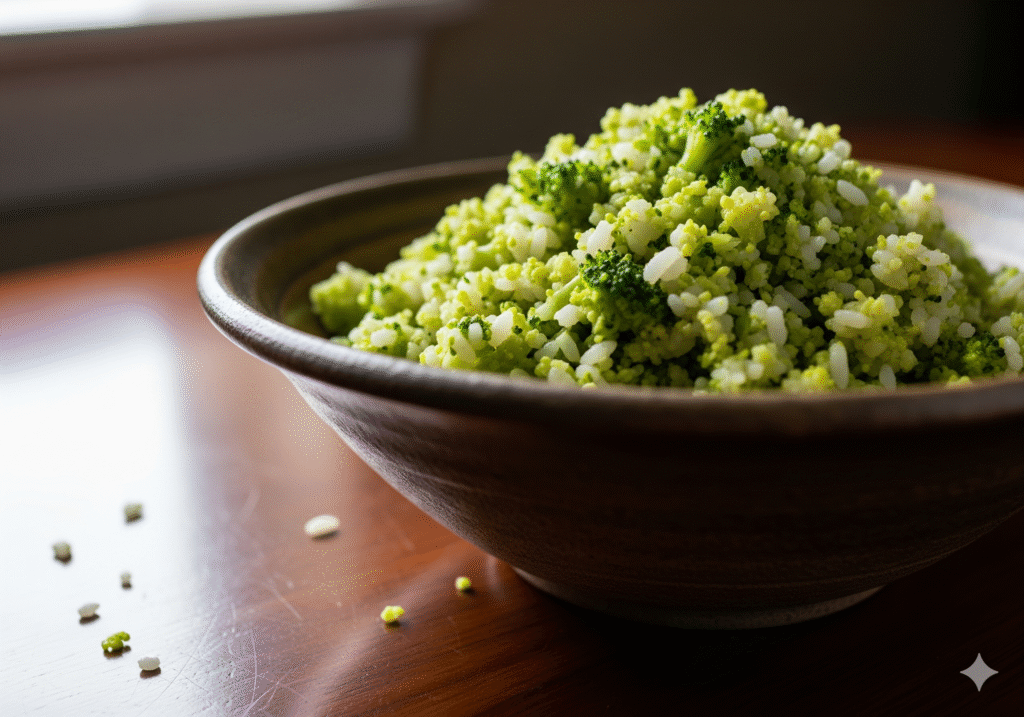

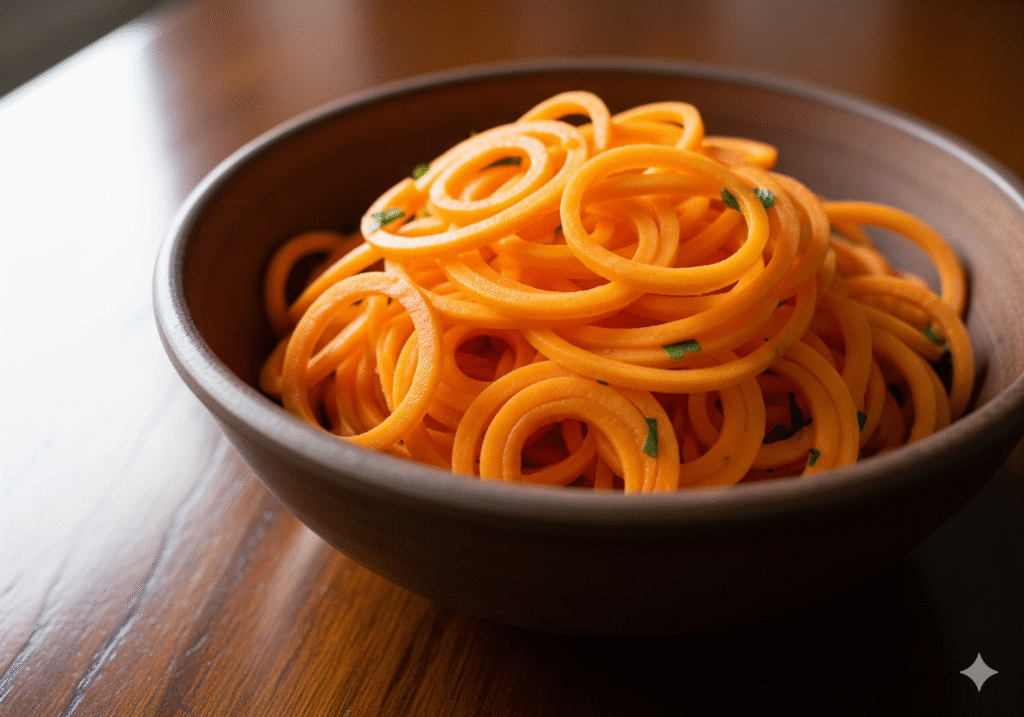
Furthermore, the lack of fiber in refined pasta means it doesn’t promote satiety as effectively as whole-grain or vegetable-based alternatives. Fiber is crucial for digestive health, helping to regulate bowel movements and feed beneficial gut bacteria. It also plays a significant role in weight management by making you feel fuller for longer, thus reducing overall calorie intake. Without adequate fiber, many people find themselves overeating portions of traditional pasta, inadvertently increasing their caloric and carbohydrate load without much nutritional gain.
Why Your Body Craves a Pasta Swap
The long-term implications of a diet high in refined carbohydrates can include an increased risk of type 2 diabetes, heart disease, and weight gain.
For those managing existing health conditions or striving for optimal wellness, making a conscious pasta swap is a proactive step towards better health. It’s not about villainizing pasta entirely, but understanding that there are often more nourishing choices available that can deliver similar satisfaction with superior health benefits.
Embracing alternatives is a game-changer because these options are typically packed with nutrients that refined pasta lacks. Vegetable noodles, for instance, are bursting with vitamins, minerals, and antioxidants, while being significantly lower in calories and carbohydrates.
Legume-based pastas provide a substantial boost of plant-based protein and fiber, making your meals more satiating and beneficial for muscle repair and digestive health. Even whole-grain alternatives offer a more sustained energy release and a richer nutrient profile compared to their white counterparts.
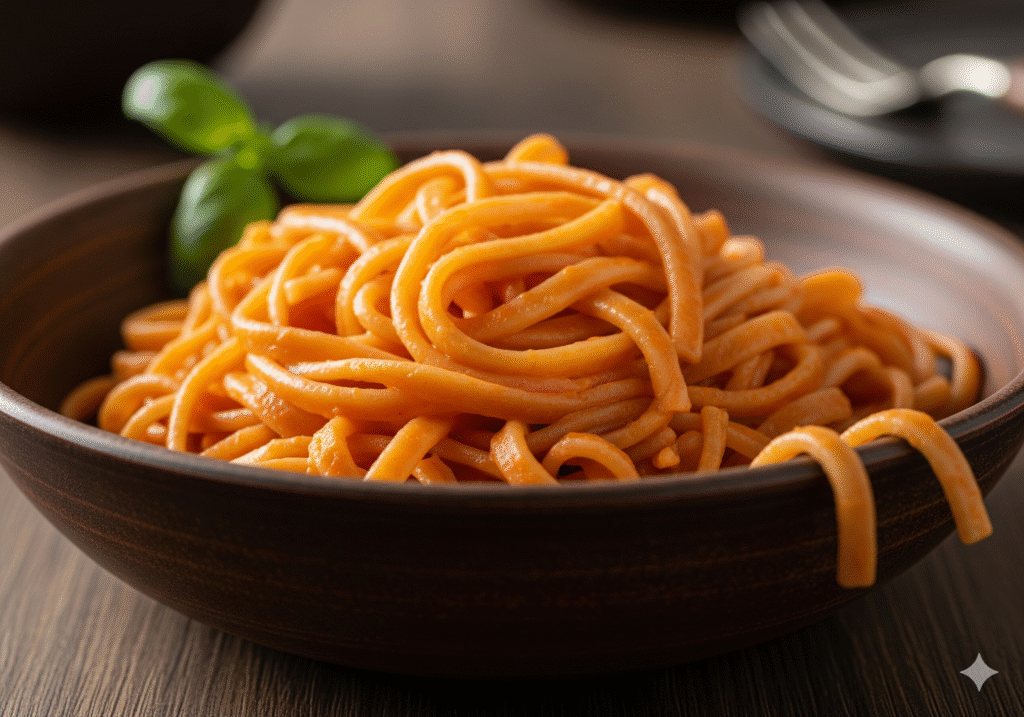

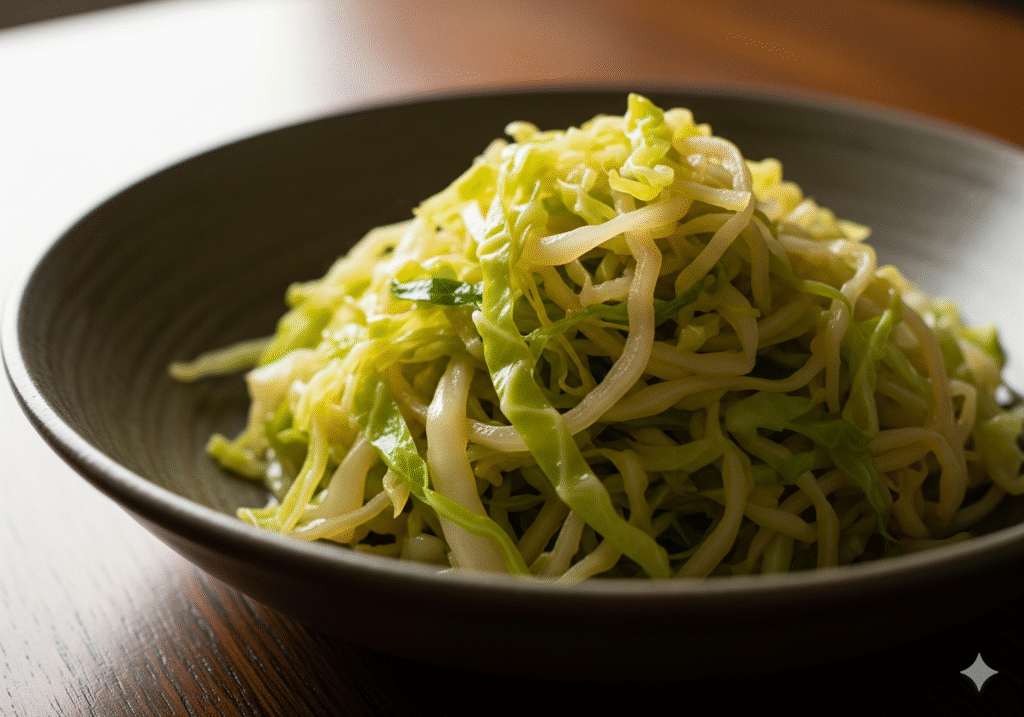
By making a simple pasta swap, you’re not just changing an ingredient; you’re changing your life. You’re opting for sustained energy, improved digestion, better blood sugar control, and a richer intake of essential nutrients. This guide will show you how easy it is to make these switches without sacrificing the joy of your favorite dishes, empowering you to create meals that truly nourish your body and support your long-term health goals.
Featured Recipe: Vibrant Beet Noodles with Creamy Cashew Pesto
This recipe offers a fantastic, colorful, and nutrient-dense pasta swap that is both delicious and satisfying. Beet noodles provide an earthy sweetness and stunning color, while the cashew pesto offers a rich, dairy-free creaminess.
Servings: 2
Time to Prepare: 15 minutes
Time to Cook/Blend: 20 minutes (for beets) + 5 minutes (for pesto)
Nutritional Information (per serving, approximate):
Calories: 450-500 kcal
Protein: 12-15g
Carbohydrates: 40-45g
Fiber: 10-12g
Fats: 30-35g (healthy fats from cashews and olive oil)
Note: This is an estimation and can vary based on specific ingredient brands and quantities used.
Essential Equipment for Your Pasta Swap
- Spiralizer (for beet noodles)
- Food processor or high-speed blender (for pesto)
- Large mixing bowl
- Sauté pan or baking sheet (depending on cooking method)
- Measuring cups and spoons
- Sharp knife
- Cutting board
Ingredients for Your Healthy Pasta Swap
For the Beet Noodles:
- 2 medium-sized fresh beets, washed and peeled
- 1 tablespoon olive oil
- Salt and freshly ground black pepper to taste
For the Creamy Cashew Pesto:
- 1 cup raw cashews, soaked in hot water for at least 15 minutes (or overnight in cold water)
- 2 cups fresh basil leaves, packed
- 2 cloves garlic, peeled
- 1/2 cup extra virgin olive oil
- 2 tablespoons nutritional yeast (for a cheesy flavor, optional)
- 1 tablespoon lemon juice
- 1/4 cup water (or more, to reach desired consistency)
- Salt and freshly ground black pepper to taste
Step-by-Step Instructions for Your Beet Pasta Swap
Prepare the Cashews
If you haven’t already, place the raw cashews in a heatproof bowl and cover them with hot water. Let them soak for at least 15 minutes. This softens them, making them easier to blend into a creamy pesto. If you have more time, you can soak them in cold water for 2-4 hours, or even overnight. Once softened, drain the cashews thoroughly.
Make the Cashew Pesto
In a food processor or high-speed blender, combine the drained cashews, fresh basil leaves, peeled garlic cloves, nutritional yeast (if using), and lemon juice. Pulse a few times to start breaking down the ingredients.
Emulsify the Pesto
With the food processor or blender running on a low setting, slowly drizzle in the extra virgin olive oil. Continue blending until the mixture is smooth and creamy.
If the pesto is too thick, add water, one tablespoon at a time, until you reach your desired consistency. Season with salt and freshly ground black pepper to taste. Taste and adjust seasonings as needed – perhaps a little more lemon juice for brightness or a pinch more salt. Set the pesto aside.
Spiralize the Beets
Using a spiralizer, carefully spiralize the peeled beets into noodle shapes. If you don’t have a spiralizer, you can use a mandoline or a sharp vegetable peeler to create thin ribbons. Be careful when handling the beets as they can stain!

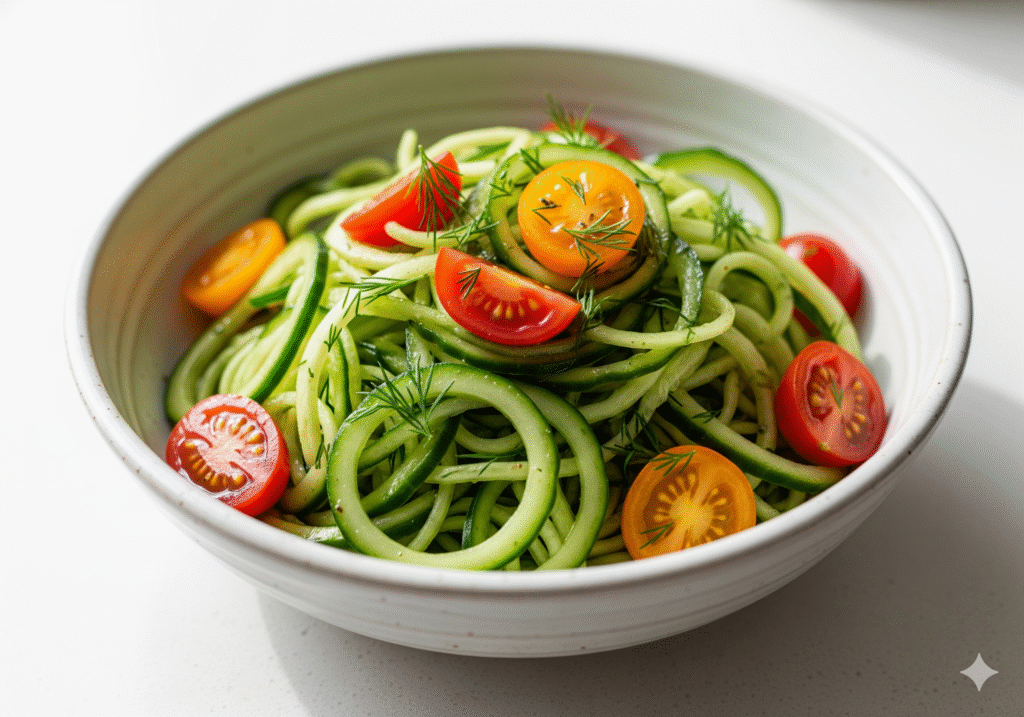

Cook the Beet Noodles (Sauté Method – Recommended)
Heat 1 tablespoon of olive oil in a large sauté pan over medium heat. Add the spiralized beet noodles to the pan. Sauté for 5-7 minutes, stirring occasionally, until the beets are tender-crisp. You want them cooked through but still retaining a slight bite. Season with salt and freshly ground black pepper.
Alternative Cooking Method: Roasting Beet Noodles
Preheat your oven to 200°C (400°F). Toss the spiralized beet noodles with 1 tablespoon of olive oil, salt, and pepper on a baking sheet. Roast for 15-20 minutes, flipping halfway, until tender. This method brings out a lovely sweetness.
Alternative Cooking Method: Steaming Beet Noodles
Place the spiralized beet noodles in a steamer basket over boiling water. Steam for 5-8 minutes, or until tender. This method keeps them very moist and vibrant.
Combine and Serve
Transfer the cooked beet noodles to a large mixing bowl. Add several generous spoonfuls of the creamy cashew pesto. Toss gently until the beet noodles are evenly coated.
Garnish and Enjoy
Serve immediately, garnished with a few fresh basil leaves. This dish is best enjoyed fresh!
Benefits of This Beet Noodle Pasta Swap
Embracing this beet noodle pasta swap brings a wealth of nutritional advantages to your plate. Firstly, beets are incredibly rich in essential vitamins and minerals, including folate, manganese, potassium, iron, and vitamin C. These nutrients play crucial roles in everything from cell function and blood pressure regulation to immune support.
Secondly, beets are an excellent source of dietary fiber. Unlike refined pasta, which offers minimal fiber, beets contribute significantly to your daily intake. Fiber is vital for digestive health, promoting regular bowel movements and feeding beneficial gut bacteria.
It also helps you feel fuller for longer, aiding in weight management and preventing overeating, which is a key benefit when making a pasta swap.
Furthermore, beets contain unique plant pigments called betalains, which are powerful antioxidants and anti-inflammatory agents.
These compounds help protect your cells from damage, reduce inflammation throughout the body, and may even have cancer-preventive properties. Choosing beet noodles means you’re not just replacing empty calories; you’re actively infusing your body with disease-fighting compounds.
The creamy cashew pesto also adds significant nutritional value. Cashews are packed with healthy monounsaturated fats, which are good for heart health. They also provide protein, magnesium, and zinc.
The fresh basil is rich in antioxidants, and olive oil offers healthy fats and anti-inflammatory properties. This entire meal is a powerhouse of nutrients, making it a far superior choice for your well-being compared to a traditional pasta dish.

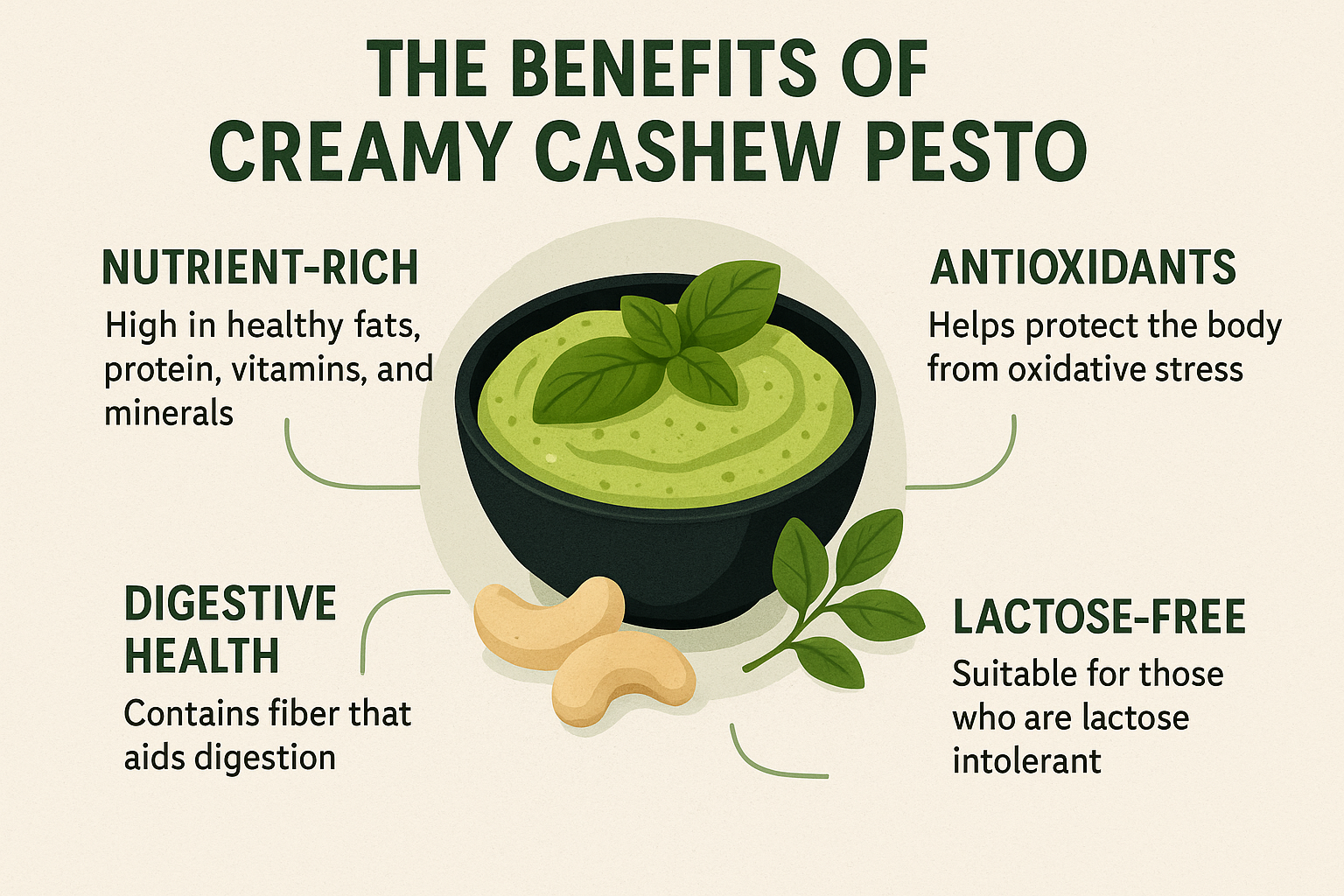
Versatile Pasta Swap Variations
This recipe is incredibly flexible and can be adapted to suit various tastes and dietary needs.
| Variation | Description |
| Vegetable Base Swaps | Instead of beets, try this recipe with zucchini noodles (“zoodles”), spaghetti squash, butternut squash noodles, or celeriac ribbons. Each will offer a slightly different flavor profile and texture. You can even combine different vegetable noodles for a more complex dish. |
| Pesto Power-Ups | For the pesto, feel free to swap basil for other greens like spinach, kale, or a mix of herbs. You can also swap cashews for other nuts like pine nuts, walnuts, or almonds for a different flavor and nutrient boost. Add a pinch of red pepper flakes to the pesto for a little heat. |
| Protein Boost | To make this a complete meal, consider adding grilled chicken, pan-seared salmon, sautéed chickpeas, white beans, or baked tofu cubes. These additions will significantly increase the protein content, making the dish more satiating and suitable for post-workout recovery. |
| Flavor Enhancements | Sprinkle toasted seeds (like pumpkin or sunflower seeds) or chopped nuts over the finished dish for added crunch and healthy fats. A dash of balsamic glaze can also add a delightful tang and sweetness. For a spicier kick, a pinch of chili flakes can be added to the pesto or sprinkled over the finished dish. |
| Cheesy Alternative | If you prefer a more traditional cheesy flavor, a sprinkle of vegan parmesan cheese (made from nutritional yeast and nuts) works wonderfully, or for non-vegans, a light grating of Pecorino Romano or Parmesan cheese. |
| Raw Option | For a truly raw and refreshing meal, simply toss the raw spiralized beet noodles with the fresh cashew pesto. The beets will offer a delightful crunch, and all the nutrients will be fully preserved. This is a great option for warm weather or for those following a raw food diet. |
| Warm or Cold | While delicious warm, this dish can also be served cold as a refreshing pasta salad. Simply allow the cooked beet noodles to cool completely before tossing with the pesto. This makes it an excellent option for meal prepping or bringing to a picnic. |
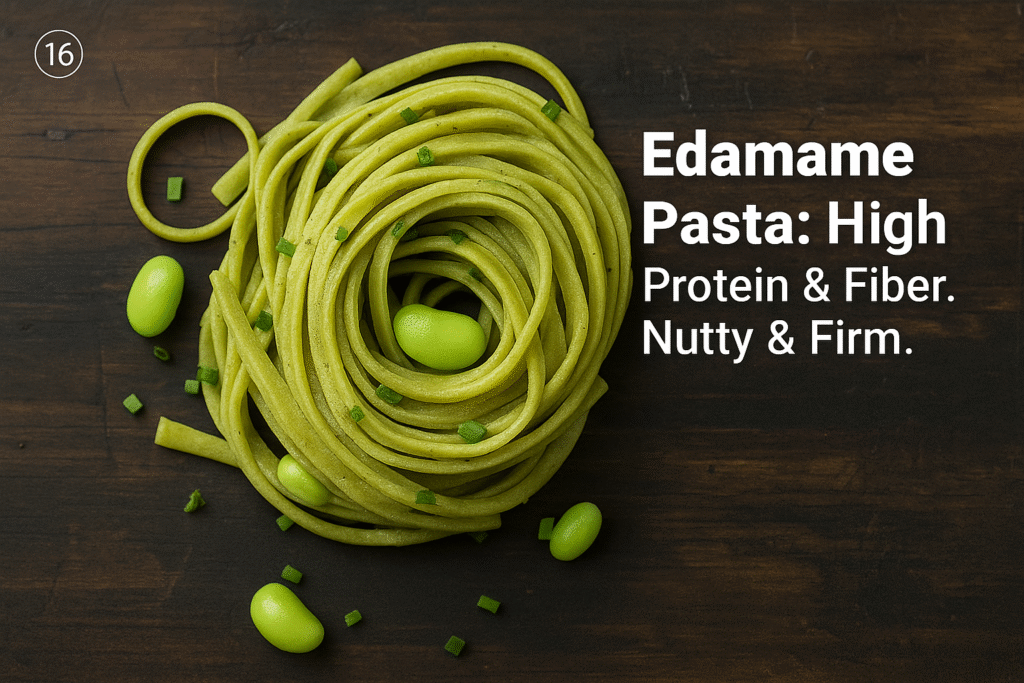
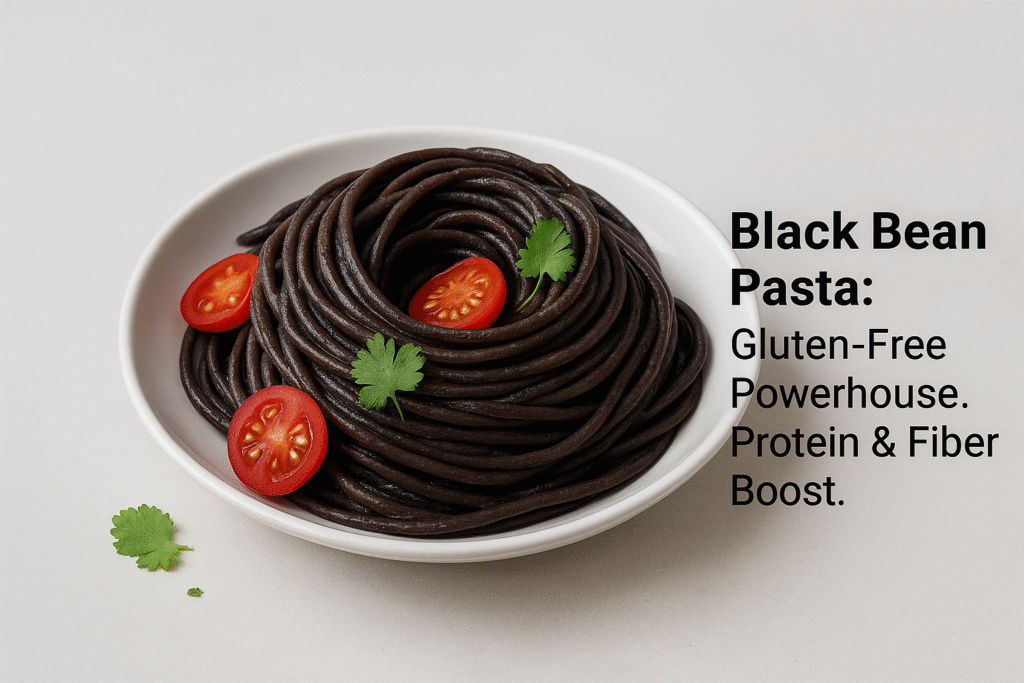
Final Thoughts on Your Pasta Swap Journey
Embracing a pasta swap is more than just a dietary change; it’s an investment in your health and well-being. This guide has unveiled just a glimpse into the exciting world of nutritious alternatives that can transform your meals from good to great, nutritionally speaking.
By opting for vegetable-based noodles, legume pastas, or whole-grain varieties, you’re choosing to nourish your body with essential vitamins, minerals, fiber, and protein, all while reducing your intake of refined carbohydrates.
Don’t view these swaps as a sacrifice, but rather as an opportunity to expand your culinary horizons and discover new flavors and textures that will delight your palate.
The vibrant beet noodles with creamy cashew pesto recipe provided here is just one example of how simple and delicious healthy eating can be. Take the leap, experiment with the numerous alternatives available, and find your own favorite ways to enjoy pasta dishes without the guilt. Your body will thank you for it!
Frequently Asked Questions (FAQs)
Q1: Are pasta alternatives truly healthier than traditional pasta?
A1: Generally, yes! Most pasta alternatives, especially those made from vegetables or legumes, offer significantly more fiber, protein, vitamins, and minerals compared to traditional refined white pasta.
They often have a lower glycemic index, meaning they cause a slower and more stable rise in blood sugar, which is beneficial for sustained energy and blood sugar management. While whole wheat pasta is better than white, vegetable and legume options offer even more nutritional punch.
Q2: Will pasta alternatives taste exactly like traditional pasta?
A2: No, it’s important to set realistic expectations. Pasta alternatives often have their own unique textures and subtle flavors. Vegetable noodles, for example, will be crisper or softer than wheat pasta, and bean-based pastas might have a slightly earthier taste. The beauty lies in embracing these new characteristics and allowing them to complement your sauces and other ingredients. With the right preparation and delicious sauces, you’ll find them incredibly satisfying in their own right.
References
- Harvard T.H. Chan – carbohydrates
- Mayo Clinic – Dietary fiber: Essential for a healthy diet
- Oregon State University – Micronutrient Information Center
Recent Posts


